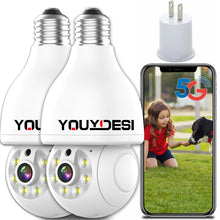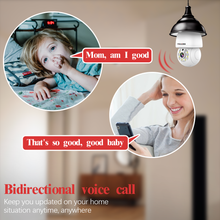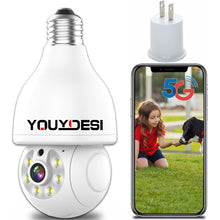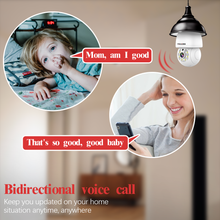The next aspect to consider when installing security surveillance equipment is determining how many cameras you'll need, and this choice is dependent on camera quality and the area you aim to monitor. You must initially decide how many surveillance cameras you need, then select camera lenses based on the number of cameras. It's crucial to be mindful of the distance between the cameras and the monitoring points and the coverage area. For infrared supply networks, it's advisable to go for 480 TVL cameras, as they provide the level of clarity needed for this purpose.
The third factor to consider during the installation of security surveillance equipment is whether the cameras should have night vision capabilities. If your surveillance setup will be placed in dimly lit areas, it's a smart move to contemplate using cameras equipped with infrared night vision features.
When installing security surveillance equipment, you can choose between wired or wireless transmission methods. While wireless networks may involve higher costs, they eliminate many installation hassles and contribute to a more aesthetically pleasing surveillance environment. However, it's important to account for environmental conditions during wireless network installations. Concrete building materials can potentially reduce wireless transmission distances, while metal construction materials may obstruct wireless signals. To avoid interference, it's a good practice to keep infrared transmitters and receivers away from other electrical devices.
Lastly, when deciding on the installation of your surveillance system, you'll need to consider whether network functionality is required. This means that if you intend to monitor and control your surveillance site over the internet at any time, you'll need to select a surveillance host with network capabilities. Make sure not to complete the installation only to discover there's no network transmission functionality.










